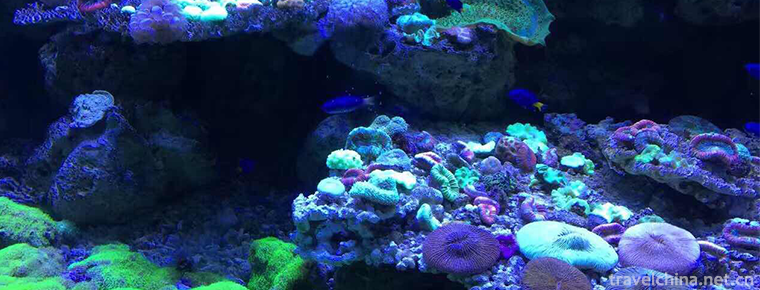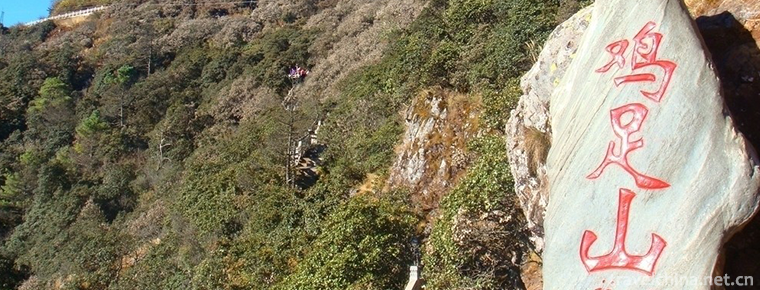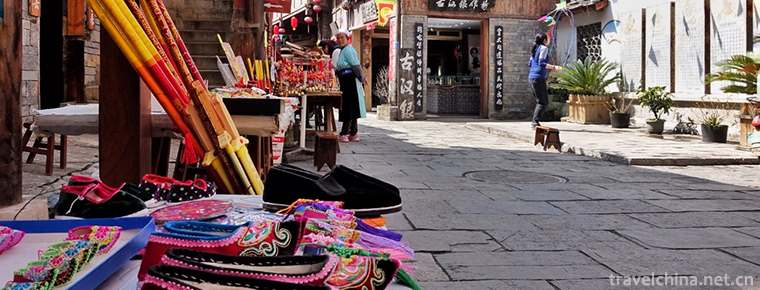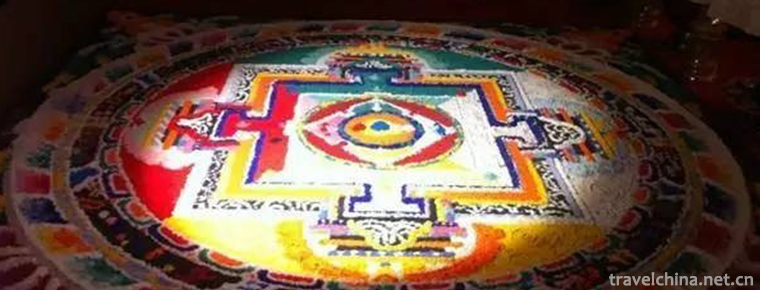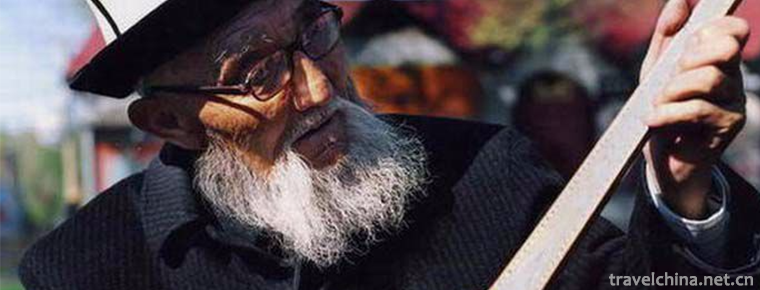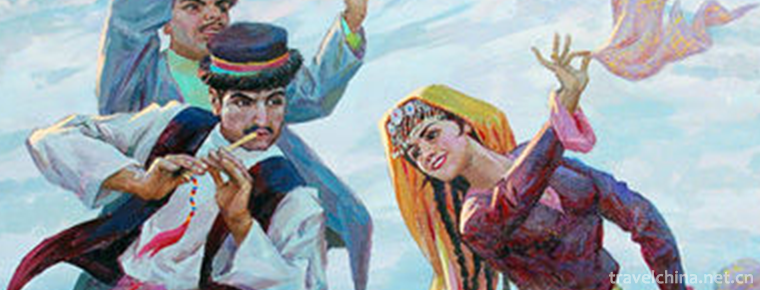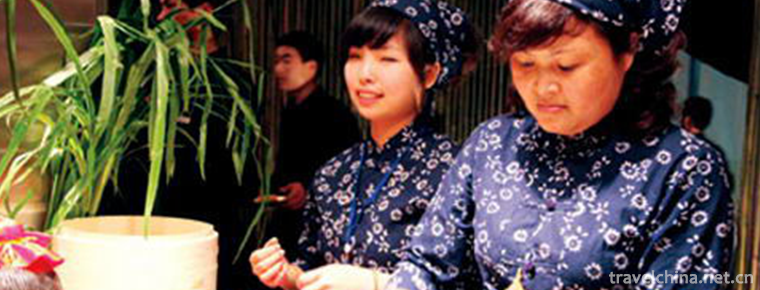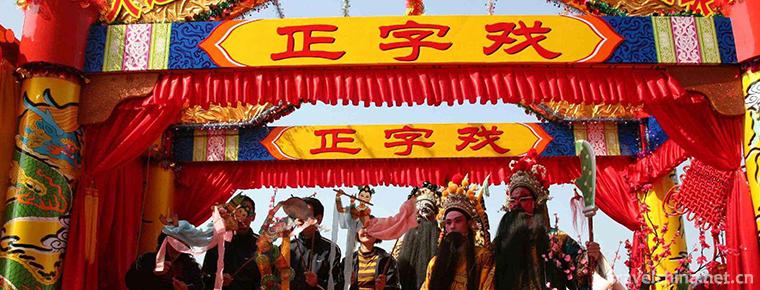Main scenic spots in Luzhou
Main scenic spots in Luzhou
Cultural relics
Thanksgiving tower
Located in Luzhou city. It was built in the 18th year of Shaoxing in the Southern Song Dynasty (1148), in the year of Hongzhi of Ming Dynasty (1488-1505), in the 14th year of Guangxu of Qing Dynasty (1884) and in 1985, and has been well preserved.
Borneol Bridge
Located on Jiuxi River, Datian Township, Luxian county. It was built in Hongwu Period of Ming Dynasty. It is 54 meters long, 1.9 meters wide and 5 meters high. It is a rare large stone carving bridge in the Ming Dynasty in China. Among the 14 piers, there are eight carved dragons, elephant lions and unicorns. Its art is exquisite, the sword technique is firm, and the image is vivid and unique.
Hundred sub graph
Located in the northwest corner of Luzhou city. The original name is Zhenru temple. It was first built in 1668, the seventh year of Kangxi in song and Qing Dynasties, and cultivated in 1788 in the fifth year of Qianlong reign. Because the temple wall has "secular hundred children painting" stone carvings, it is known as "hundred children painting".
Longtouguan
Located in the western suburb of the city. It was built in Shuhan. It has a total length of 7 Li. Tuojiang River in the north and the Yangtze River in the south. It is named after a giant dragon penetrating the two rivers. On December 1 of the 15th year of the Republic of China (1926), the Luzhou uprising led by Liu Bocheng and others broke out. 100000 reactionary forces encircled the revolutionary army and launched a decisive battle before longtouguan.
The Red Army crosses the Taiping ferry of Chishui
During the long march of the first front army of the Red Army, the ruins of the four crossing Chishui River were all located in Gulin County, with taipingdu exhibition hall and monument.
Zhujiashan stone garden
Zhujiashan stone garden is composed of the outer garden, the former residence of Zhu De and the stone garden. They are modern architecture, late Qing architecture and early Republican architecture. When Zhu De was stationed in Lu, he set up "Donghua Poetry Society" and often held activities here.

-
Beihai Ocean Window
The Beihai Ocean Window is situated on the shore of the rich and beautiful Beihai Bay in China. It covers an area of 2.1 hectares and covers an area of 18,100 square meters. It consists of mysterious .
Views: 141 Time 2018-12-26 -
Jizu Mountain Scenic Spot in Binchuan
Jizu Mountain is located in a cave-making area about 20 kilometers west of Binchuan County, Yunnan Province, 90 kilometers away from Dali City. It is named for its three peaks in the front and a ridge.
Views: 140 Time 2019-01-03 -
Tianlong Tunpu
Tianlong Tunpu Town is located in Pingba District, Anshun City, western Guizhou Province. Deep in the mountains of karst landform, Tiantai Mountain and Longan Mountain are two mountains.
Views: 181 Time 2019-02-21 -
Weihai Tianmu Hot Spring Resort
Tianmu Hot Spring Resort Project invested 600 million yuan by Zhuhai Tianmu Group. A total of 35,000 square meters were opened in September 2008..
Views: 80 Time 2019-02-22 -
Painting of Painted Sand Tancheng
He said that if we compare life to a picture scroll, if the world wants to be detached from things and hearts, should it also laugh away the glory or frustration,.
Views: 361 Time 2019-04-04 -
Manas
Manas, the traditional folk literature of Kirgiz Autonomous Prefecture in Kizlesu, Xinjiang, is one of the national intangible cultural heritage..
Views: 225 Time 2019-05-16 -
Construction Techniques of Traditional Residential Buildings in Southern Fujian
South Fujian residential building technology is a unique traditional architectural technology originating in Quanzhou, which began in Tang and Five Dynasties, is the mainstream of ancient architectura.
Views: 154 Time 2019-06-05 -
Uygur Sainem
Among the numerous traditional folk dances, "Sainem" is the most common form of Uygur folk song and dance. It is widely spread in the towns and villages in the north and south of Tianshan Mo.
Views: 156 Time 2019-06-27 -
Production Techniques of Wufangzhai Zongzi
The traditional production techniques of Wufangzhai zongzi are mainly divided into 36 processes, such as material selection, rice dipping, leaf boiling, stuffing, shelling, wrapping, thread binding an.
Views: 214 Time 2019-06-29 -
Orthographic drama
Zhengzi opera, originally known as Zhengyin opera, is singing in Zhongzhou Mandarin. It is an ancient and rare opera with many voices. In the early Ming Dynasty, one of the Southern Opera was introduc.
Views: 119 Time 2019-07-25 -
Deyang Sports
In 2017, Deyang City built 791 national fitness routes and 608 national fitness projects. At the end of the year, there were 10 public stadiums and stadiums, and the annual sales of sports lottery tickets were 160 million yuan..
Views: 341 Time 2020-12-14 -
Administrative division of Guangyuan
Guangyuan City has 7 county-level administrative divisions (Municipal District 3, county 4) and 142 township level administrative divisions (Street 7, town 111, township 24). It covers an area of 16310 square kilometers and has a population of 3.11 million. Guangyuan Municipal People's government is located at No.24, north section of Renmin Road, Lizhou district..
Views: 100 Time 2020-12-15
